Having a forward-thinking approach to SEO is absolutely vital for any company or individual looking to perform well online.
If you don’t appear prominently in search results, you might as well not exist at all.
Sure it’s cruel – but that’s how many people perceive businesses today.
Maybe you didn’t think about it – but having your website at the top position in Google’s search results page is essentially a badge of authenticity.
Think about it. You would expect a legitimate company to have an official website that ranks well on Google, won’t you?
And by the way, if your only marketing strategy consists of only having a Facebook page – it’s time to build a website.
Pro Tip: Never ever build your business solely on platforms such as Facebook. It’ll only take Facebook to flip a switch and shut your page down. Your business will be as good as dead.
If you have been working on SEO for your website, it makes sense to always be on the lookout for new ways to improve your SEO strategy.
How can you increase your rankings, make sure they stay top (once you’re there) and attract more relevant clicks to your website?
In this post, we’re going to give you some ideas on using data to uncover opportunities to enhance your SEO strategies.
In recent years, big data has moved from a niche only reserved for high-tech companies, to become something required by even startups these days.
To be fair, the data around SEO tools relies a lot on web analytics. Web analytics isn’t quite ‘big data‘. Rather, it’s a subset of big data.
That said, let’s talk about some ideas on using the power of data to further strategize and improve your SEO strategy.
Let’s get started.
Find out why & how people are visiting your website.
The more you know about why and how people are visiting your site, the more you can do to improve your site’s performance.
Let’s start with why.
What drives a visitor to visit your website? Is it to learn something? Is it to reference something?
Let’s call people who found your website, ‘searchers’. A searcher who searches on Google would have an intent for their search.
As a searcher, if I’m searching for ‘el toro restaurant menu’, what do I expect to find?

If you answered, El Toro Restaurant’s menu, you’ll be correct! And luckily I’m able to find the menu.
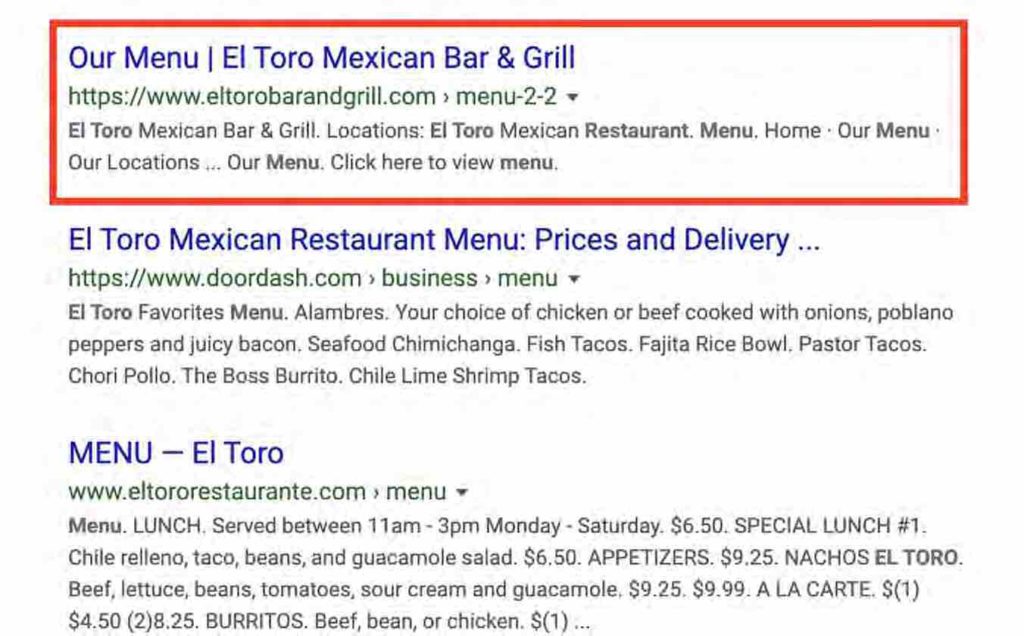
As the restaurant owner, you probably want to put up a menu – if you knew there were people trying to search for it.
But how do you know which keywords people are using to search? And if there are even people searching?
The process of identifying the keywords being search online is known as keyword research.
Here are two tools you can use for keyword research.
1 – Keywords Everywhere (Paid Tool)
Keywords Everywhere is one of my favorite keyword research tools, because of how easy it is. It works as a browser extension on Google Chrome or Firefox.
Once you have it installed, you’ll see search volume data appearing below each keyword you search for on Google.

This makes it really easy to know if a search query has search volume or not, giving you a good indicator of the search demand that exists.
2 – Google Search Console
Google Search Console gives you insightful data on the search queries that people are using to discover your website.
It also shows you keywords that people have used to search for on Google, which your website wasn’t rank top before, therefore giving you ideas to create content to satisfy the search intent.
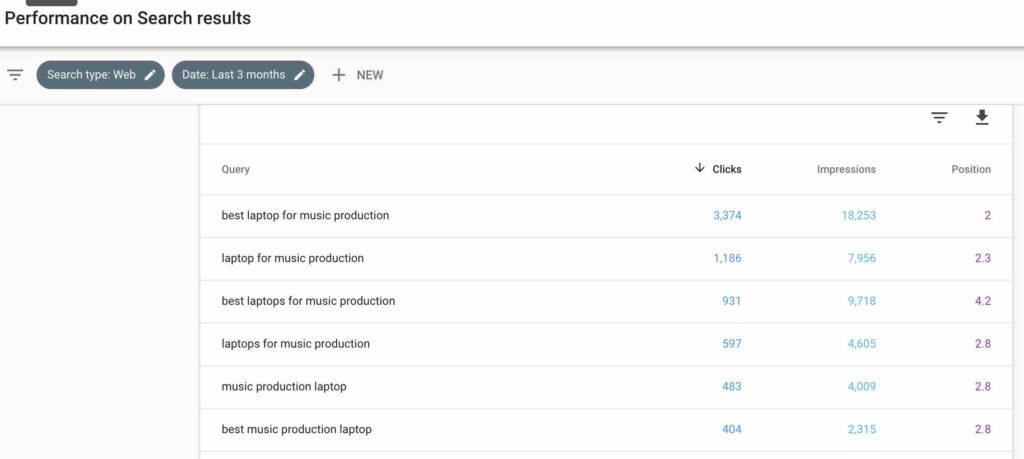
You’ll find up to thousands of keywords that were searched on Google. By taking the time to analyze these keywords, you’ll notice patterns and search intents that you wouldn’t have otherwise thought of.
Bonus: Heat-mapping Tools
Knowing which keywords were searched on Google isn’t enough.
The next step is to look internally within your website and observe what your visitors are looking for.
Heatmap analysis is a great way to understand that.
As your website begins to receive traffic, you’ll begin to see heatmap patterns forming on your website.
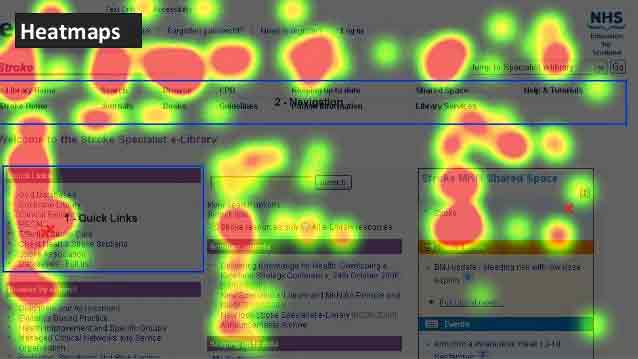
Some questions to ask when observing the heatmap records.
- What are visitors trying to find within your website?
- What challenges are they facing in doing so?
- Is there a portion of your website where visitors usually skip? Why?
- Which parts attract most clicks and eyeballs?
A nifty heatmap tool that is affordable, yet functional we use at LEAD is Lucky Orange.
Going through all these data and studying them may seem like a lot of work – and intimidating to some. But the more you engage in such analysis, the better you’ll get at spotting vital elements and opportunities — and the more you’ll be able to improve your SEO strategy.
Optimizing your pricing with insights from data.
SEO is exceptionally important for the E-Commerce industry. Suppose you have a store selling headphones.
When people want to buy online, they do one of these two things.
- Check for pricing at huge E-commerce sites like Amazon or Lazada.
- Search on Google (more common)
If you offer a popular product but don’t have it show up in product searches, you won’t make the most of it.
And sure, while SEO optimization can help your website be found online, it’s not enough to just be found online.
You’ll need to have competitive pricing if you want people to buy from you.
How does big data factor in here then? Enter big data analytics with the use of web scraping.
Companies like Omnilytics offers a retail data platform that allows players in the retail space to align pricing, space, and marketing strategies.
With insights from the analytics, you can set dynamic pricing that scales in response to pricing throughout the online marketplace.
This is exceptionally useful if you’re competing in a highly-competitive E-commerce market, offering brands with pricing that can be compared on other websites.
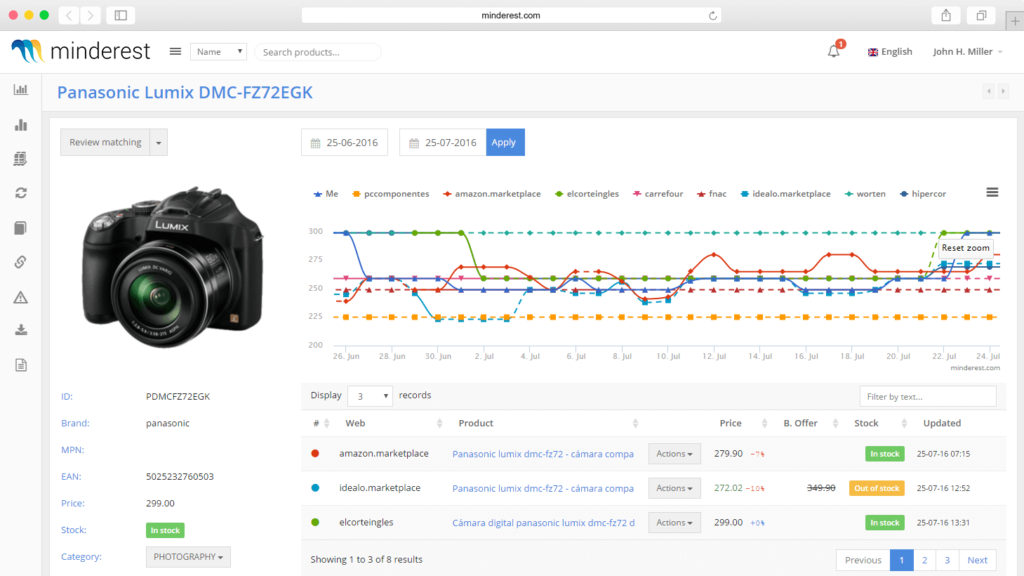
Here is a list of software that allows you to set up dynamic pricing for your E-Commerce store.
Perform rich competitor analysis
Lastly, knowing your competition goes beyond just setting dynamic pricing.
To beat your competitors at SEO and value, it pays to analyze their content marketing patterns and strategy as well.
Every business has a distinct SEO strategy with its own strengths and weaknesses you can learn from.
With data, it becomes much easier to uncover them.
Using SEO suites like Ahrefs, you can glean information on everything from the keywords your rivals are targeting to the types of content they’re producing.
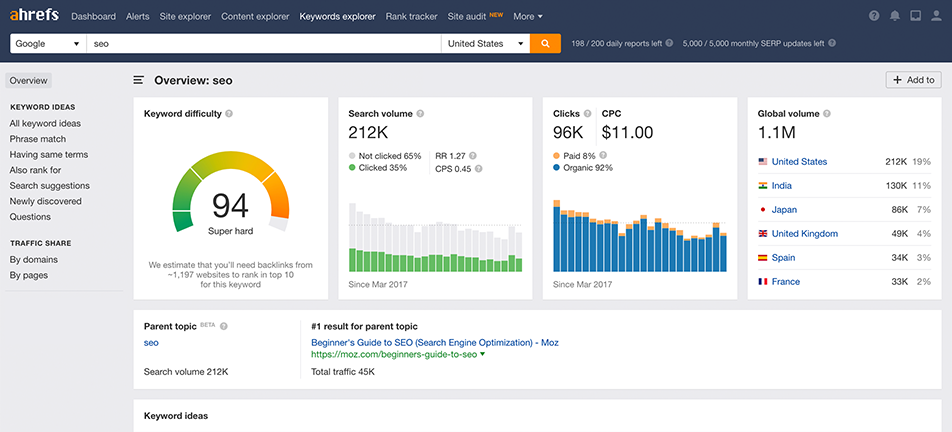
From here, you can look at different ways to beat your competitors.
If you notice successful competitors investing in lots of videos for content marketing, you can look to emulate their success as well.
As you look into competition data, you’ll begin to opportunities that are missed by your competitors, which you can then seek to fill those gaps.
For example, you may discover a highly-relevant keyword that has not been capitalized yet, allowing you to swoop in and optimize your website for it, giving you an easy win to claim the top spot in search engines.
Finals Thoughts to Big Data for SEO
Doing successful SEO involves analyzing huge chunks of data. There will be moments when you’ll have so much data to look at that you don’t know where to start or make sense of.
In closing advice, it’s always better to formulate questions towards answers that you want to find out first, before digging into data.
Want to learn to rank your website with SEO? Begin your learning process with a digital marketing course at LEAD.

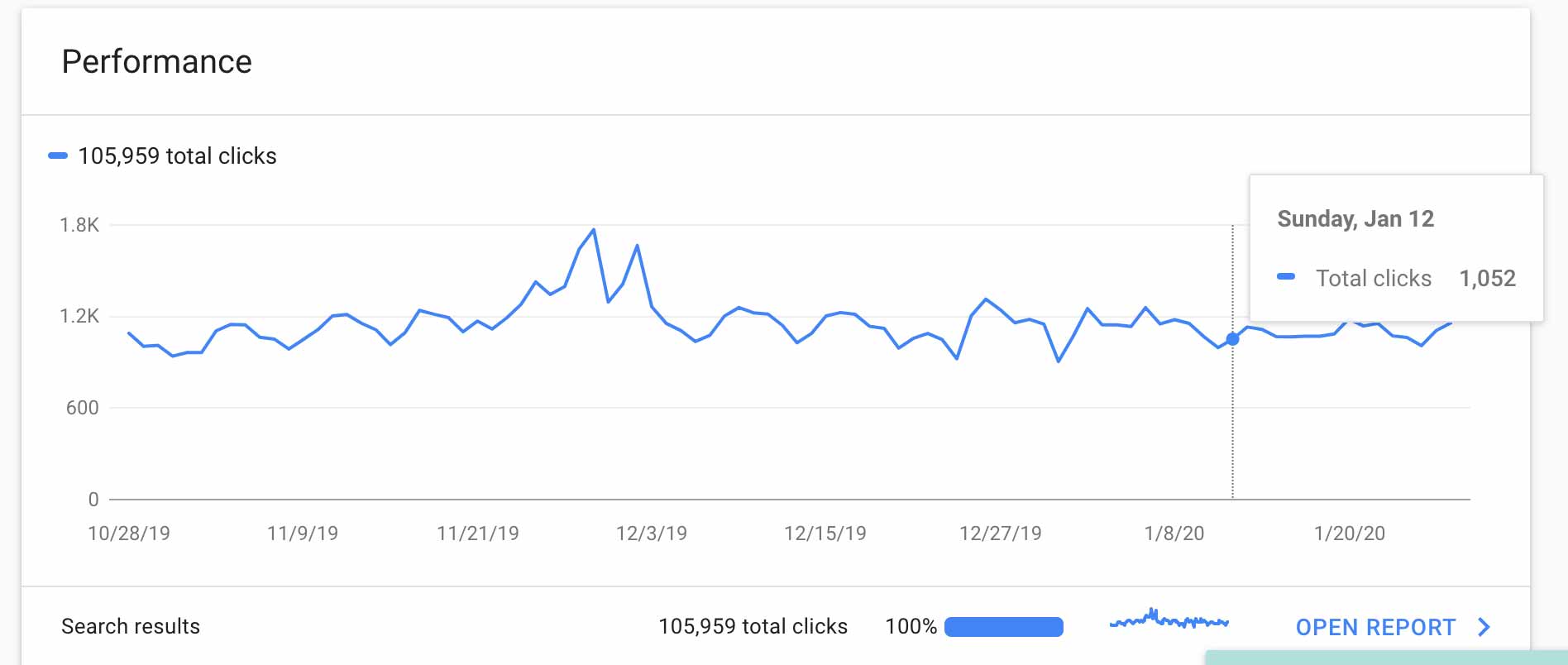
0 Comments